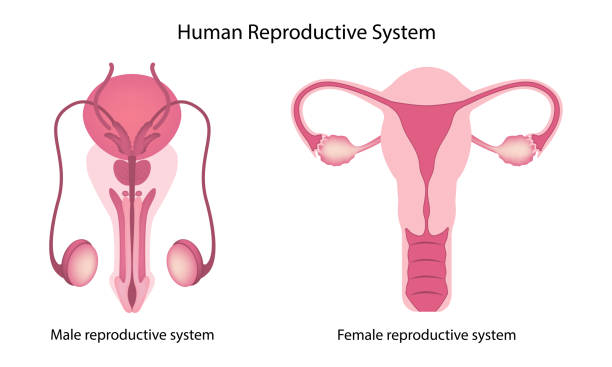
The human reproductive system is a complex and fascinating process that enables the creation of new life. It is essential for the survival and continuation of the human species. In this article, we will delve into the anatomy, functions, and processes of the male and female reproductive systems, highlighting their unique characteristics and importance.
Male Reproductive System
The male reproductive system consists of the following organs:
- Testes (Testicles): Produce sperm and testosterone.
- Epididymis: Stores and transports sperm.
- Vas Deferens: Transports sperm to the urethra.
- Urethra: Ejaculates sperm out of the body.
- Penis: The external organ responsible for intercourse.
Female Reproductive System
The female reproductive system consists of:
- Ovaries: Produce eggs (oocytes) and hormones.
- Fallopian Tubes: Transport eggs from ovaries to uterus.
- Uterus: Supports fetal development during pregnancy.
- Cervix: Connects uterus to vagina.
- Vagina: Receives sperm during intercourse.
Reproductive Process
The reproductive process involves several stages:
- Gamete Formation: Sperm and egg production.
- Fertilization: Sperm fuses with egg, forming a zygote.
- Implantation: Zygote attaches to uterus lining.
- Pregnancy: Fetal development and growth.
- Childbirth: Delivery of the baby.
Importance of Reproductive Health
Maintaining reproductive health is crucial for overall well-being. This includes:
- Preventive Care: Regular check-ups and screenings.
- Safe Sex Practices: Protecting against STDs and unintended pregnancy.
- Family Planning: Making informed choices about reproduction.
- Nutrition and Lifestyle: Supporting reproductive function.
Conclusion
The human reproductive system is a remarkable and intricate process that deserves understanding and respect. By grasping the anatomy, functions, and importance of reproductive health, we can appreciate the miracle of life and take responsibility for our own well-being.
Tags
Health
